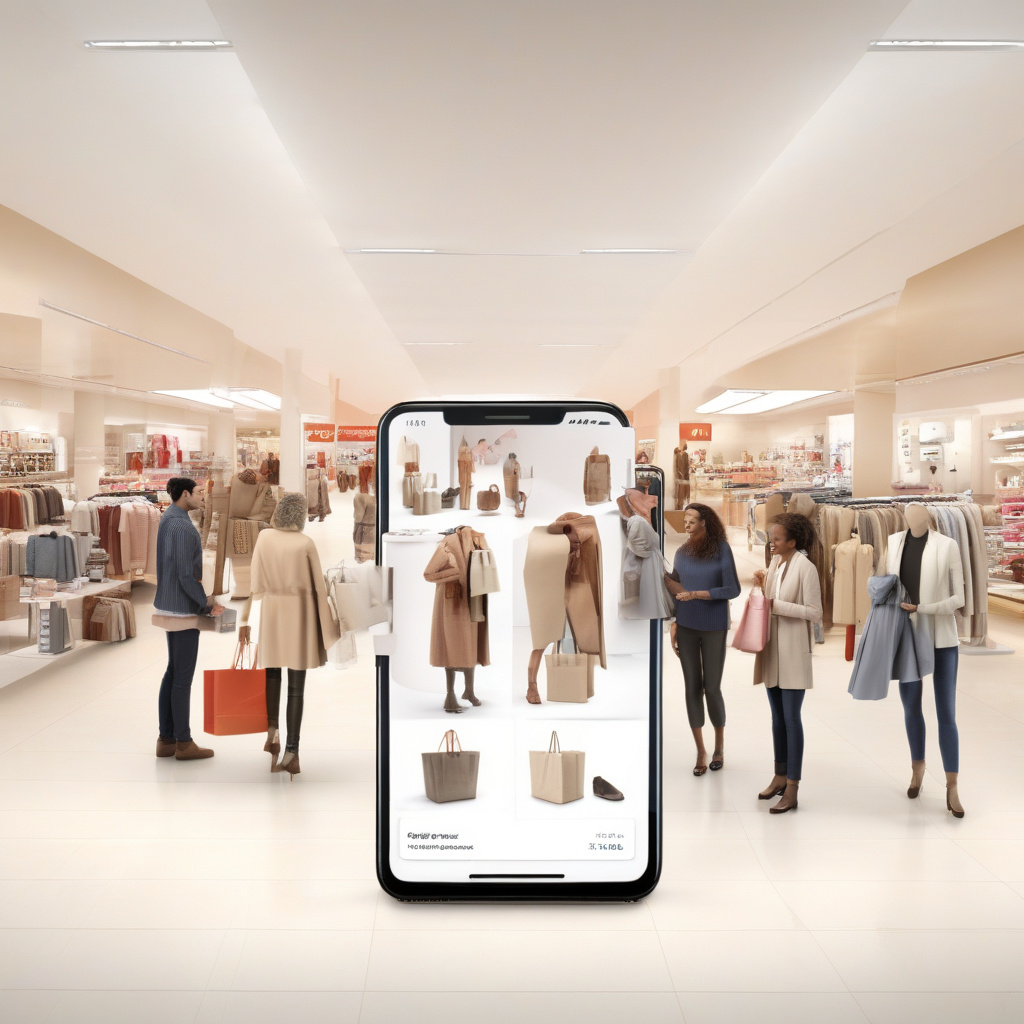True Unified Commerce Starts Before Checkout
In the ever-evolving landscape of digital marketing and e-commerce, the concept of unified commerce has taken center stage. No longer is the shopping experience limited to a physical store or a website; it now encompasses a seamless integration of online and offline channels. However, to truly achieve unified commerce, one must understand that it is not just a destination but a journey that starts long before the checkout process begins.
Unified commerce is not merely about merging different sales channels; it is about creating a cohesive and consistent experience for customers at every touchpoint. This means that brands need to have a deep understanding of their customers’ preferences, behaviors, and expectations from the moment they start browsing products, whether online or in-store.
Before a customer even adds a product to their shopping cart, brands should already have insights into what they are looking for, what catches their eye, and what ultimately drives their purchasing decisions. By leveraging data analytics and customer insights, brands can personalize the shopping experience and guide customers towards products that are tailored to their needs and preferences.
For example, imagine a customer browsing through a clothing store’s website. By analyzing their past purchases and browsing history, the brand can recommend items that align with their style preferences. This personalized approach not only enhances the customer experience but also increases the likelihood of conversion.
Moreover, understanding customer behavior before the checkout process allows brands to optimize their product offerings and marketing strategies. By identifying popular products, trending categories, and customer pain points, brands can tailor their assortment, promotions, and messaging to better meet customer needs and drive sales.
In a true unified commerce strategy, the focus is not just on driving transactions but on building long-term relationships with customers. By providing a seamless and personalized shopping experience from the moment customers start browsing, brands can foster loyalty and advocacy, leading to repeat purchases and positive word-of-mouth referrals.
To achieve this level of customer-centricity, brands need to invest in advanced analytics tools, AI-powered technologies, and integrated data systems that allow them to track customer interactions across channels. By breaking down silos and unifying customer data, brands can gain a holistic view of the customer journey and deliver a consistent experience across touchpoints.
In conclusion, true unified commerce starts long before the checkout process. It begins with a deep understanding of customer preferences, behaviors, and expectations, and it requires brands to personalize the shopping experience from the moment customers start browsing. By leveraging data and technology to create a seamless and integrated shopping journey, brands can drive customer loyalty, increase conversions, and ultimately succeed in the competitive e-commerce landscape.
#UnifiedCommerce, #CustomerExperience, #ECommerceStrategy, #Personalization, #OmnichannelRetail
